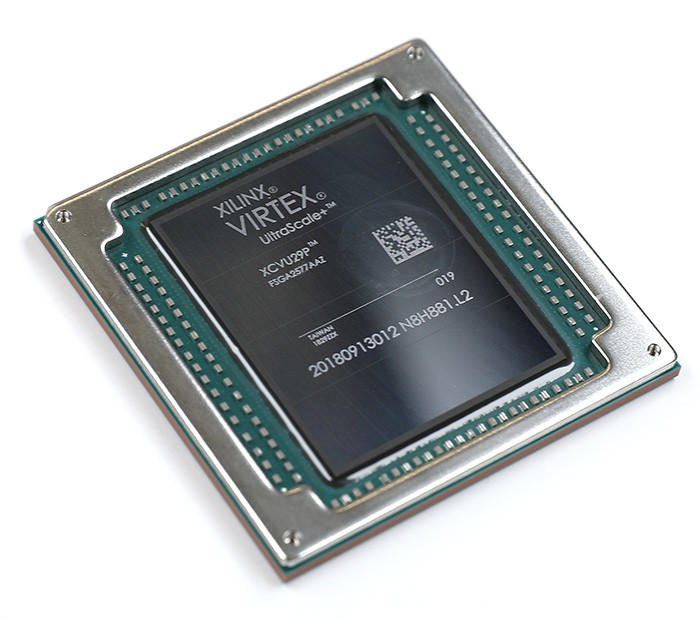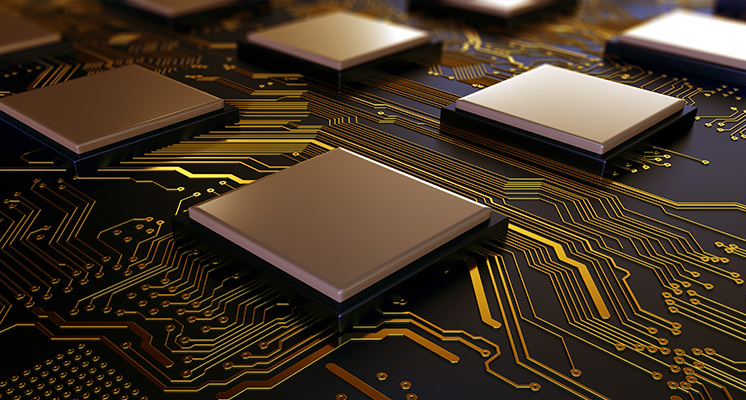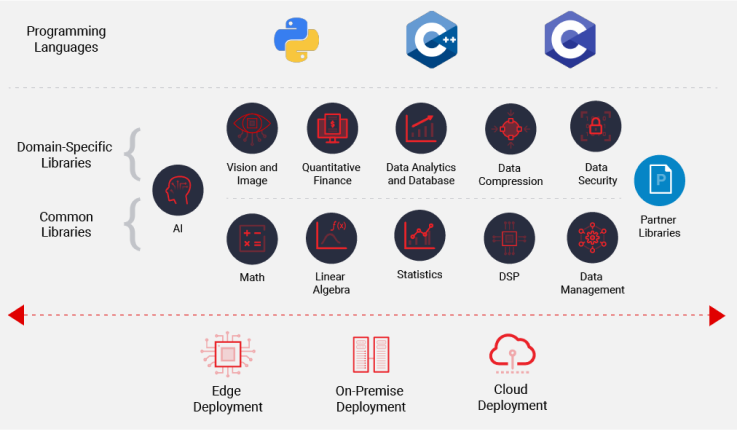+86 134 0021 8776
+86 134 0021 8776
Jul. 12, 2023
What are FPGA and why use FPGA?
FPGA is an integrated circuit (IC) with configurable logic blocks (CLBS) and other user-programmable and reprogrammable features. The term "field programmable" indicates that the functionality of the FPGA is adjustable, unlike other ics hard-wired by the manufacturer.
FPGA is an integrated circuit (IC) belonging to the category of programmable logic device (PLD). The basic functionality of FPGA technology is built on adaptive hardware with unique features that can be modified after manufacturing. Arrays of hardware blocks, each configurable, can be connected as needed, allowing domain-specific efficient architectures to be built for all applications.
This hardware flexibility is a unique differentiating feature that cpus and Gpus do not have.
While the CPU is very flexible, its underlying hardware is fixed. Once the CPU leaves the factory, the hardware cannot be modified. It relies on software to tell it which specific operations (arithmetic functions) to perform on which data in memory. The hardware must be able to perform all possible operations, called using software instructions, usually only one instruction at a time. Fpgas, by contrast, can process large amounts of data in parallel. The advantages of adaptive hardware over cpus vary from application to application and are largely dependent on the nature of the computation and its ability to parallelize, but it is not uncommon to see up to 20 times better performance compared to CPU implementations whose functions can be highly parallelized.
Gpus not only compensate for one of the main shortcomings of cpus - the ability to process large amounts of data in parallel - but they also run on a wide set of data. Fundamentally, Gpus are similar to cpus in that they have fixed hardware and run using software instructions. A single instruction can process more than 1,000 pieces of data, so they are suitable for specific domains such as graphics acceleration, high-performance computing, video processing, and some forms of machine learning. But fundamentally, the basic architecture and data flow of Gpus are fixed before they are manufactured.
Fpgas help programmers and designers adapt and update computing architectures more flexibly, resulting in domain-specific architectures that better meet their needs. Fpgas are not new, but their importance is growing because of the pace of innovation in areas such as artificial intelligence. The first commercial FPGA was invented by AMD in 1985 and accounts for 60 to 70 percent of the current FPGA market.

The use and application of FPGA
FPGA is widely used. Today, it is ubiquitous in many industries, including data centers, aerospace engineering, defense, artificial intelligence (AI), industrial Internet of Things (IoT), wired and wireless networking and automotive. Such devices are often in environments where users need real-time information. For example, a home security camera needs to transmit real-time images to the homeowner's smart device with high resolution and minimal latency. Those expectations will only increase as consumers become more reliant on instant messaging via their phones.
In addition, FPgas also help accelerate functions that could otherwise be done in software. This makes FPgas a very helpful tool for offloading tasks that require high performance, such as deep neural network (DNN) inference for artificial intelligence.

How does FPGA programming work?
FPGA programming uses HDL to control the circuit depending on what you want the device to do. This process is different from programming a GPU or CPU because the program you write will not run sequentially. Instead, you can use HDL to create circuits and make physical modifications to the hardware based on the functionality you want.
This process is similar to software programming, where the code you write is converted into a binary file and loaded on the FPGA. But the result is that HDL makes physical modifications to the hardware, rather than running the software by strictly optimizing the device.
A program on an FPGA assembles together lower-level components such as logic gates and memory blocks that work together to accomplish a single task. Because you're operating the hardware from scratch, FPgas offer a lot of flexibility. You can adjust basic functions such as memory or power consumption depending on the task.

Previous: PCB laminated design multi-layer board need to pay attention to matters
Next: Detailed explanation of back drilling process in PCB production
Hot Products
Navigation
+86 134 0021 8776
Floor 9, Aupu building, No. 395 XinShi North Road, Shijiazhuang Hebei, China
Request a Quote
